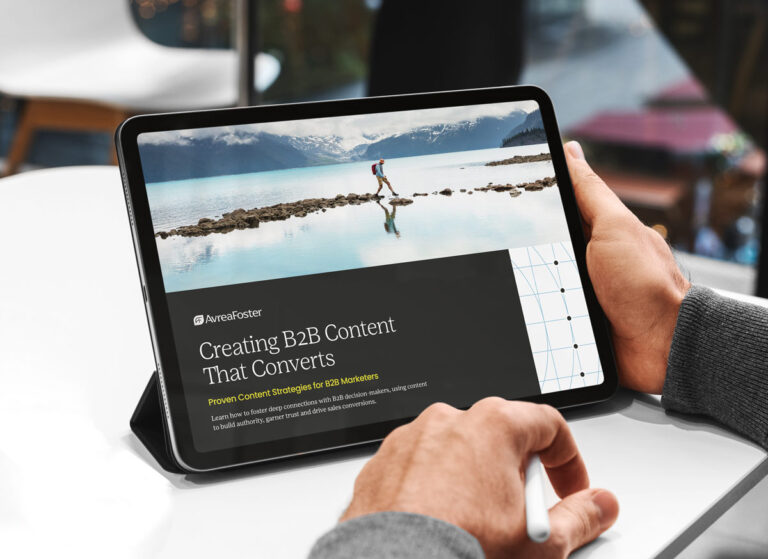Building a Strong Site Architecture Designed with SEO in Mind
A well-organized website is the backbone of effective SEO. When your site is easy to navigate, both users and search engines can find what they need faster. A logical structure improves indexing, supports internal linking strategies, and helps distribute page authority across your website — all of which influence search rankings.
One of the first keys to SEO-friendly site architecture is using clean, descriptive URLs that clearly communicate what the page is about. Instead of generic, unreadable links, aim for URLs that include relevant keywords and reflect the structure of your site.
For example:
- Avoid this: yourdomain.com/page?id=123
- Use this instead: yourdomain.com/services/nameofservice
In addition to improving URLs, it’s important to implement a clear content hierarchy. Structuring your site around pillar pages that link to related subtopics not only enhances the user experience, but also helps search engines understand how your content is organized — making it easier to crawl, index and rank effectively.
On-Page SEO: Ensuring Each Blog Post Is Optimized
Publishing content is just the beginning. Every B2B blog post, landing page or resource should be optimized with on-page SEO best practices. That means paying attention to how the content is formatted, how keywords are used and how the page links to other areas of your site.
Key on-page SEO elements include:
- Page metadata: Elements like title tags and meta descriptions are often the first impressions searchers get of your content. Make them compelling, concise and keyword-rich to increase click-through rates from search results.
- Header structure (H1, H2, H3): Best practices show that clear header hierarchies improve readability and help search engines parse your content. Use H2 headlines mid-page to guide readers toward the next logical step — whether that’s another article, a call to action or a related service.
- Internal linking: Linking to relevant pages within your site boosts SEO by signaling content relationships and distributing authority. It also keeps users engaged longer by guiding them to more helpful content.
- Image optimization: Don’t forget images. Use descriptive image alt text for accessibility and SEO, and compress file sizes to improve load speed without sacrificing quality.
Technical SEO: The Backend Elements That Matter
Even the most well-written, keyword-optimized B2B content won’t perform well if your website’s backend is working against you. Technical SEO ensures your website loads quickly, is mobile-friendly and follows web development best practices that help search engines crawl and index your site correctly.
Essential technical SEO components to address include:
- Site speed and performance: Page-load speed directly impacts both user experience and search rankings. Use tools like Google PageSpeed Insights to identify bottlenecks. Optimize image sizes, reduce unnecessary code and consider lazy loading for rich media content like videos.
- Mobile-friendliness: With Google’s mobile-first indexing, your website must perform just as well on smartphones and tablets as it does on desktops. Responsive design is no longer optional.
- Schema markup: Structured data helps search engines understand the meaning of your content — not just the words on the page. Adding schema markup can enhance how your listings appear in search results, often with rich snippets or visual enhancements. (Not sure what a schema markup is? Here’s a definition.)
- XML sitemaps and robots.txt: Submit an XML sitemap to Google Search Console to help search engines crawl your site more efficiently. Use the robots.txt file to guide which pages should (and shouldn’t) be indexed.
Creating an SEO-Driven Content Workflow
Great SEO isn’t a one-and-done task, especially in the B2B marketing space. Staying competitive means having a consistent workflow in place — from smart website design to ongoing content creation — that keeps your site fresh, optimized and easy for search engines to find. It’s all about creating, updating and fine-tuning your content with SEO in mind.
Here are some helpful tips for maintaining an SEO-focused content process:
- Use an SEO checklist for content creation. Before publishing, verify that every page includes optimized titles, meta descriptions, headers, internal links and image alt text.
- Refresh and update existing content. Reports have shown that Google rewards fresh content. Regularly revisit top-performing pages to update statistics, add new insights and replace outdated information — especially time-sensitive data like prior-year references.
- Monitor performance with analytics. Use tools like Google Search Console, Semrush or Ahrefs to track how your content is ranking, where users are engaging (or dropping off) and where optimizations might be needed.
The Next Step: Measuring SEO Impact
AvreaFoster: Helping B2B Brands Win With SEO Strategy
At AvreaFoster, we help B2B marketers turn content into a long-term growth engine. Whether you’re starting from scratch or fine-tuning your current SEO approach, our digital strategists can help you optimize every element of your online presence — from keywords to code to smart, SEO-friendly web design.
Ready to build a B2B website that performs as great as it looks? Let’s talk.



